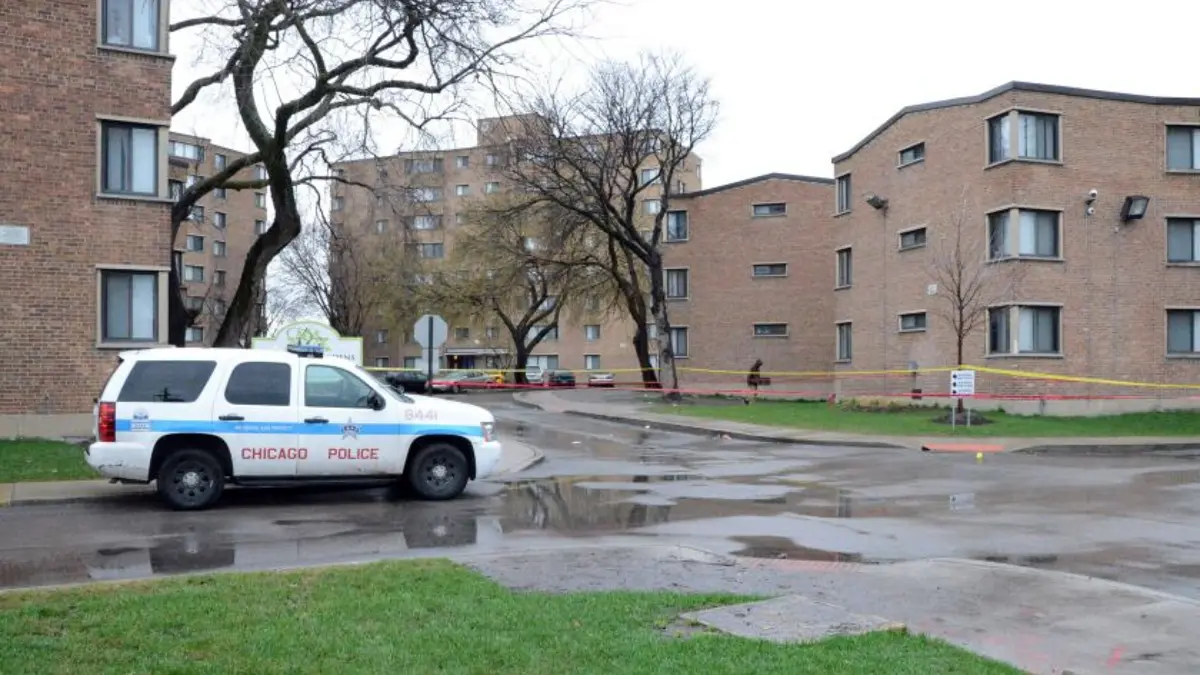People recognize Chicago, often known as the Windy City, for its extensive history, diverse culture, and stunning architecture. The “O Block” stands out among the city’s various landmarks as an iconic representation of the history, present, and future of the area. This page explores O Block fascinating past, relevance, and effects on the neighborhood, as well as its contributions to the arts and current difficulties. Join us on this exploration as we uncover the core of O Block and its role in Chicago’s history.
1. The Origin of the O Block
1.1 The History of Chicago and Urban Growth
The city’s history begins in the 19th century when Chicago was quickly becoming a major industrial center. Urban planners and architects created neighborhoods that would determine the city’s identity for years to come as the population grew.
1.2 The Development of the O Block
O Block developed as a distinctive residential enclave with a strong sense of community in the midst of urban growth. The city block’s shape, which resembled the letter “O”, gave it its distinctive moniker.
Secondly, cultural heritage
2.1 Creativity and artistic expression
For instance, O Block has long served as a haven for musicians, writers, and artists. Due to its cultural environment, creativity was encouraged, and the area served as an inspiration for several well-known pieces of art.
2.2 O Block and Music
O Block’s spirit is infused with music. Famous musicians with roots in this legendary location have influenced jazz, blues, and hip-hop, demonstrating the neighborhood’s musical.
Challenges and Resilience
3.1 Social and Economic Problems
O Block has over the years had socioeconomic hardships despite having a strong cultural past. The development of the neighborhood has been hampered by poverty, unemployment, and a lack of access to high-quality education.
3.2 Security and Crime Issues
O Block has seen issues with crime rates, just like many metropolitan regions. It has been a constant challenge to address security issues while maintaining the neighborhood’s character.
4. Revitalization Initiatives
4.1 Community-led initiatives
In order to revitalize the area, the O Block neighborhood has launched numerous programs, showing resilience and commitment. As a result, improvements in living circumstances and a sense of community are the goals of community-led projects.
4.2 Protection of the built environment
Therefore, top attention has been given to maintaining the historical and aesthetic value of the O Block buildings. Moreover, residents and preservationists alike have backed efforts to refurbish and preserve historic buildings.
5. The Effect on Chicago’s Identity
5.1 Inheritance and Cultural Identity
The unique cultural identity of O Block is still a crucial component of Chicago’s rich history. It made a lasting impact on music, the arts, and community involvement.
5.2 Attractions for Visitors and Cultural Tourism
O Block draws tourists and visitors eager to experience the true essence of Chicago’s South Side as evidence of its cultural relevance.
Conclusion
With its long history, diverse culture, and tenacity, The O Block is a living example of the soul of Chicago. Despite obstacles, the community’s will to maintain its identity and bring about improvements has inspired urban communities all around the world.

